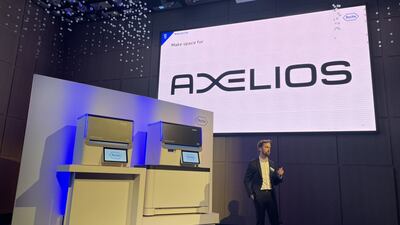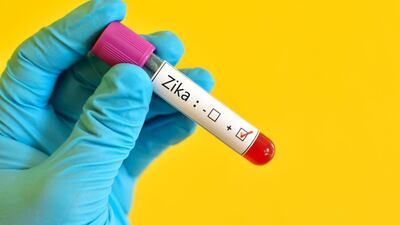Used in a wide range of applications, infusion pumps are a staple in a hospital's inventory but these devices are also used in increasingly varied settings such as ambulatory centers, physician offices and clinics and patients' homes. According to a new report by Meddevicetracker, the global market for infusion pumps and associated disposables is expected to grow from $7.2bn in 2017 to $9.9bn by 2022, a CAGR of 6.4%.
The report covers seven types of infusion pumps: volumetric, syringe, ambulatory, disposable, implantable, insulin and enteral pumps. Among these, insulin pumps make up the largest segment of this market and...
Read the full article – start your free trial today!
Join thousands of industry professionals who rely on Medtech Insight for daily insights
- Start your 7-day free trial
- Explore trusted news, analysis, and insights
- Access comprehensive global coverage
- Enjoy instant access – no credit card required
Already a subscriber?






